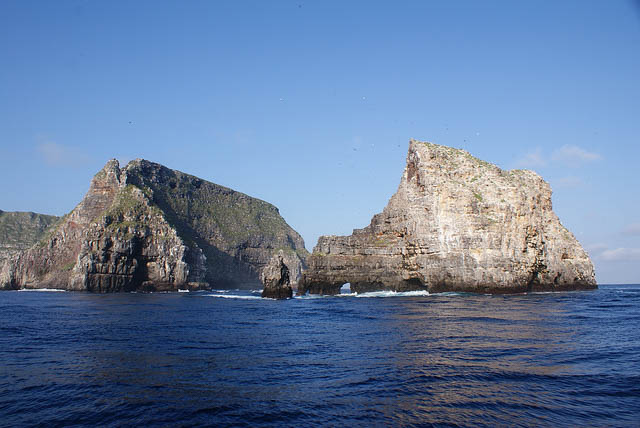As scuba divers, we know that the Galápagos Islands Archipelago is known for the massive number of sharks and other marine life that makes their home there. In a forward thinking move, the government of Ecuador has recently taken steps to insure that the Galápagos Islands are always known for that. Ecuador’s president, Rafael Correa, On March 21st, announced that the protection of the Galápagos islands have been enhanced with the creation of the Galápagos Islands Marine Sanctuary. Most of the Galápagos Islands were in one way or another already protected. For example:
- Only a few islands are occupied, all others have restrictions on visiting.
- Only 116 visitors sites are available, 62 for scuba diving and snorkeling and 54 land sites.
- Scuba dives are escorted dives only, kept in a group.
- Tourist most have licensed local guides who enforces conservation measures when visiting approved sites.
- Use of motor vehicles are restricted outside of the inhabited zones.
- Fishing is controlled in many areas.
The Galápagos Marine Reserve is the largest area that is being incorporated into the new sanctuary. It has about 15,000 square miles while the remainder of the 18,000 square mile sanctuary is made up of twenty one smaller areas. The reserve is at the far northern reaches of the archipelago around the famous islands of Wolf and Darwin. These two islands are about 300 kilometers from the central islands and San Cristobal Island where most visitors arrive by air. The far north is the destination of the majority of the scuba diving liveaboards in the Galápagos Islands.
This move to create the Galápagos Islands Marine Sanctuary instead of maintaining the marine reserve had been discussed for about two years. However a study by The Charles Darwin Research Station in part sponsored by the Lindblad Expeditions-National Geographic (LEX-NG) Fund is said to have been a major factor in pushing the creation to completion. The research project was completed in late 2015 and presented to the government in early 2016. The study focused on the Galápagos Marine Reserve and had officially established that the area had a fish biomass averaging 17.5 tons per hectare, making it the highest biomass in the world. This figure is almost double that of the Cocos Islands to the north, which is the second highest figure in the world. The biomass was about 80% sharks and rays, while studies at Cocos Island show a 50% split between reef fish and the larger sharks and rays.
While that was great news, there was also some negative findings. There was a noticeable decline in many of the 26 shark species that called the area home. This was attributed to illegal fishing. While the market for shark fins has been declining, there is still a sizable market for them primarily in Asia. Many countries in the western pacific have declared shark finning illegal and establish strict measures to stop the trade. Palau and Indonesia once a major source of shark fins have changed their policies when they catch illegal fisherman. In the past they would confiscate the fish and nets, fine the boat owners and perhaps a short stay in jail for the captain. Now they confiscate the boats as well and destroy them. With such large stakes the boats are going elsewhere, such as the Galápagos Marine Reserve. These new rules bring with them enhanced protection and a much stronger position of enforcement. Anti-poaching marine patrols will be established and other advance methods employed to enforce the no fishing zones.
For the scuba dive, this is a very welcomed step. Many of our best locations are slowly being destroyed. Recent reports from the Great Barrier Reef have cited massive coral bleaching and the biomass there is falling, it only one tenth of the Galápagos Marine Reserve and in some places much less than that.
Wolf and Darwin Islands are dived from liveaboard boats that depart San Cristobal Island for departures of seven to twelve days. Diver can experience diving conditions that represent both temperate and tropical conditions. While the biodiversity of the area is not the highest in the world it does have the unique advantage of the broadest range of species having both warm water and cold water marine life. Plus there are dozens that are only found around these islands.







